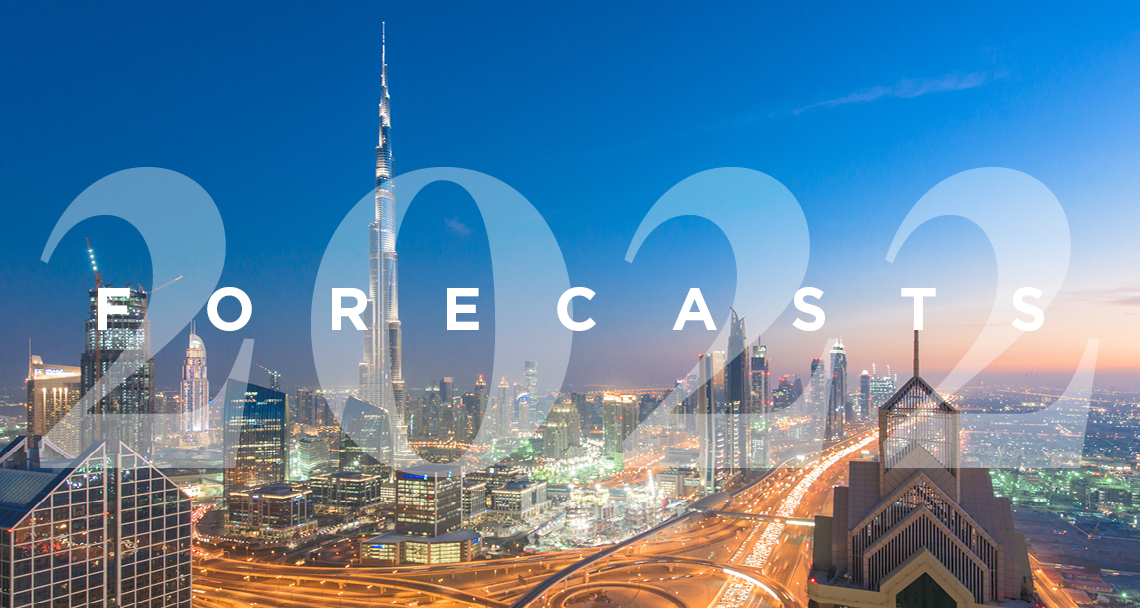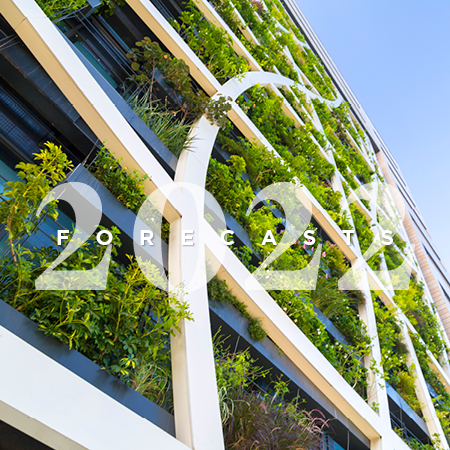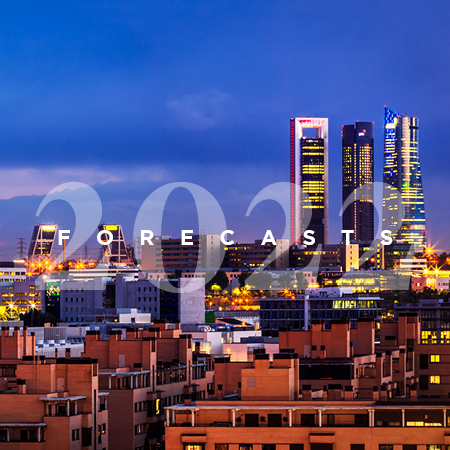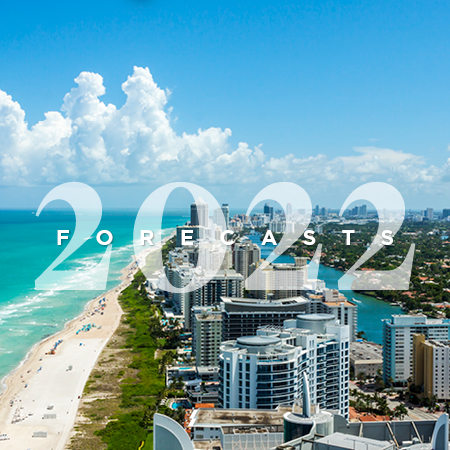The UAE has shown itself to be well prepared to deal with the pandemic, aided by an early and strong health response and supportive macroeconomic policies, followed by a rebound in tourism.
Across sectors, Covid accelerated trends that were already in train. In 2021 those trends became more dominant. Employees returned to the workplace and organisations crystallised their occupational strategies operations, resulting in prime office spaces returning to favour once again across the Middle East markets.
In 2022, prime offices occupied by government organisations and multinational corporations will remain core assets in major cities across the UAE, KSA, Bahrain, Oman, and Egypt. This will be followed by multi-let offices in good locations across Cairo and Riyadh.
Against the backdrop of a regional push for economic diversification, commercial real estate demand is being driven by banking and financial services, technology and fintech. Saudi Arabia’s IPO market has also been incredibly busy of late.
A burgeoning e-commerce market continues to fuel demand for quality warehouses. However, the Middle East is still one of the most under-penetrated markets for online shopping, despite its relatively young population, easy internet access and proliferation of smartphones. But this means there is untapped potential in the sector, so expect further activity in 2022.
E-commerce was crucial for retailers’ survival during the pandemic and as a result, malls are reverting to omni-channel models or experience-based retail to stay relevant.
Super-regional malls across Dubai, Cairo, and Riyadh will continue to gain in popularity with investors in 2022 while the community retail establishments across mixed-use developments in Dubai, Abu Dhabi, Riyadh, and Cairo will also be in focus.
Prime Dubai residential, notably the most spacious properties, continue to attract demand, while other segments of the residential market play catch-up. Several residency visa options coupled with the ease of setting up business operations have helped the emirate bounce back from seven years of a supressed residential market. Riyadh and Cairo will be the other markets to watch out for in terms of residential, and there is opportunity for the development of branded residences in the latter.
Life sciences, assets linked to food security, and data centres will become more popular across 2022 as investors become more comfortable with taking on increasing levels of risk.
2022 Middle East Tips
- Prime office with government organisations and multinational tenants across Abu Dhabi, Dubai, Riyadh, Muscat, Bahrain, and Cairo.
- High specification modern warehouses across Dubai, Abu Dhabi, Cairo, and Riyadh.
- Super regional malls across Dubai, Cairo, and Riyadh.
- Prime residential in Dubai.
- Community retail across mixed-use developments in Dubai, Riyadh, Cairo, Abu Dhabi.
- Multi-let offices in good locations across Cairo and Riyadh.
- Residential development in markets with rising demand such as Dubai, Riyadh, and Cairo.
- Industrial parks across Saudi Arabia, Oman, and Abu Dhabi.
- Life Sciences: new projects targeting the life sciences offer opportunities across the Middle East, which should spur investment activity in the sector, especially across Dubai.
- Branded Residences and upscale hotels across Cairo.
- Data centre development in Dubai, Abu Dhabi, Riyadh.
- Cold Storage units in Cairo. There is currently limited availability of such projects and investors are keen on entity-level investments.




